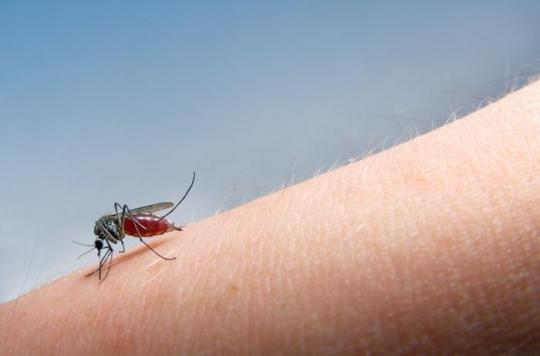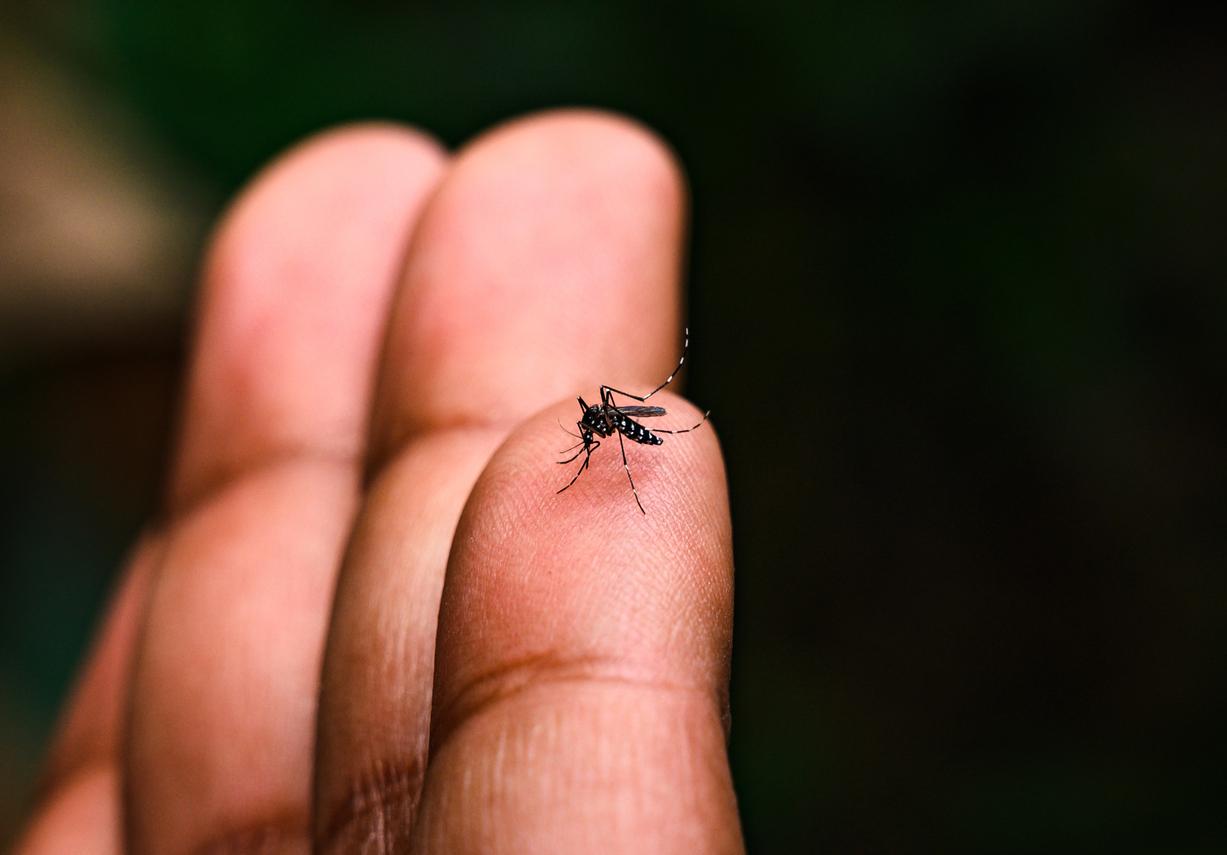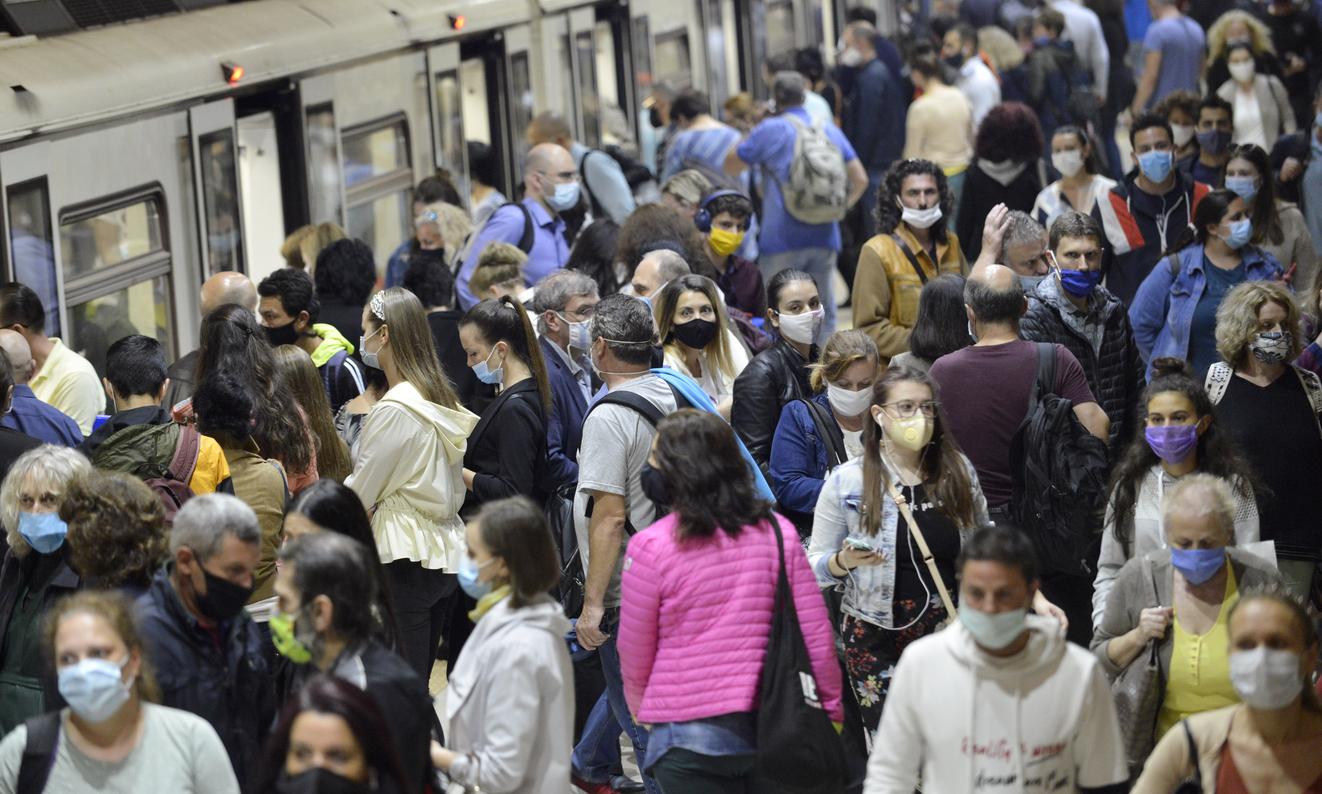Since July 7, 24 cases of West Nile virus have been identified in the Paca region. A very unusual epidemic in its magnitude and which can cause fatal neurological diseases. To avoid any contamination during blood donation, the health authorities have put in place restrictive measures.

Concern in the South-East of France, but also elsewhere. According to the Regional Health Agency (ARS), 24 cases of west nile virus (or “West Nile” virus) have been identified in Paca, Corsica and Occitanie since July 7, including 19 in the Alpes-Maritimes and one in Vaucluse. An unprecedented epidemic which raises concerns about the possible transmission of this virus during blood donation. Indeed, if this virus is responsible for asymptomatic infections in 80% of cases, it can also be the cause of a fatal neurological disease.
To avoid contamination during blood donation, French blood establishment and the Biomedicine Agency have restricted blood donation, both in the south-east of France, but also among all people who have traveled or spent at least one night in one of these departments. According to the European Center for Disease Prevention and Control (ECDC), Italy, with more than 500 cases, and Greece, with more than 300 cases, would also be affected. A card spread of infection exists.
Of the 24 people affected by this virus, they were infected by Culex-type mosquitoes, which were themselves contaminated when infected birds were bitten and three people were hospitalized. “They are currently on the mend”, explains the ARS, specifying on its site that men are “accidental hosts” and that they “cannot in turn transmit the virus, unlike arboviruses ( dengue fever, chikungunya or zika in particular)”, except by transfusion.
Most often asymptomatic infection
In France, the West Nile virus appeared for the first time in metropolitan France in 1962 in the Camargue, then again in 2000. Three years later, seven people had been affected in the Var. The disease then reappeared. in Nîmes in October 2015 in a patient who, quickly treated, escaped without complications. Then nothing for two years, before a new case was diagnosed in Nice last year. Human infection most often results from the bites of mosquitoes that become infected by biting birds in which the virus remains circulating in the blood for a few days.
In most cases, West Nile virus infection is asymptomatic in humans (80% of cases). About 20% of those infected develop “West Nile fever” with fever, headache, severe fatigue, nausea, vomiting (“flu-like illness”) and sometimes a outbreak of small red pimples on the trunk and large ganglia.
Rarely, patients progress to a fatal neurological disease becoming “West Nile meningitis”, or a more invasive disease such as encephalitis (severe headaches, poliomyelitis-like paralysis, stupor, disorientation, coma and convulsions). However, if only one infected person in 150 develops this severe form, this severe form could be more frequent in the elderly or immunocompromised.
Bite prevention is essential
There is no specific treatment for the WNV virus and the treatment is essentially aimed at relieving the symptoms and compensating for the deficits during hospitalization for the most serious forms. There is also no vaccination in humans, so prevention of mosquito bites is essential.
The Culex mosquito is the most common mosquito in France and it can transmit West Nile fever, but also Japanese encephalitis or the Usutu virus. It appreciates warm, stagnant water and bites mainly at night, but sometimes even during the day (like the tiger mosquito).
This is why the ARS recommends “emptying and storing small containers under cover, covering water tanks with a cloth or mosquito net”, “wearing loose, covering clothing”, “using repellents, recommended by your pharmacist, on clothing and on uncovered areas of skin”. Finally, “for sensitive people (newborns, pregnant women, immunocompromised people)”, it is advisable to sleep under a mosquito net.
.















